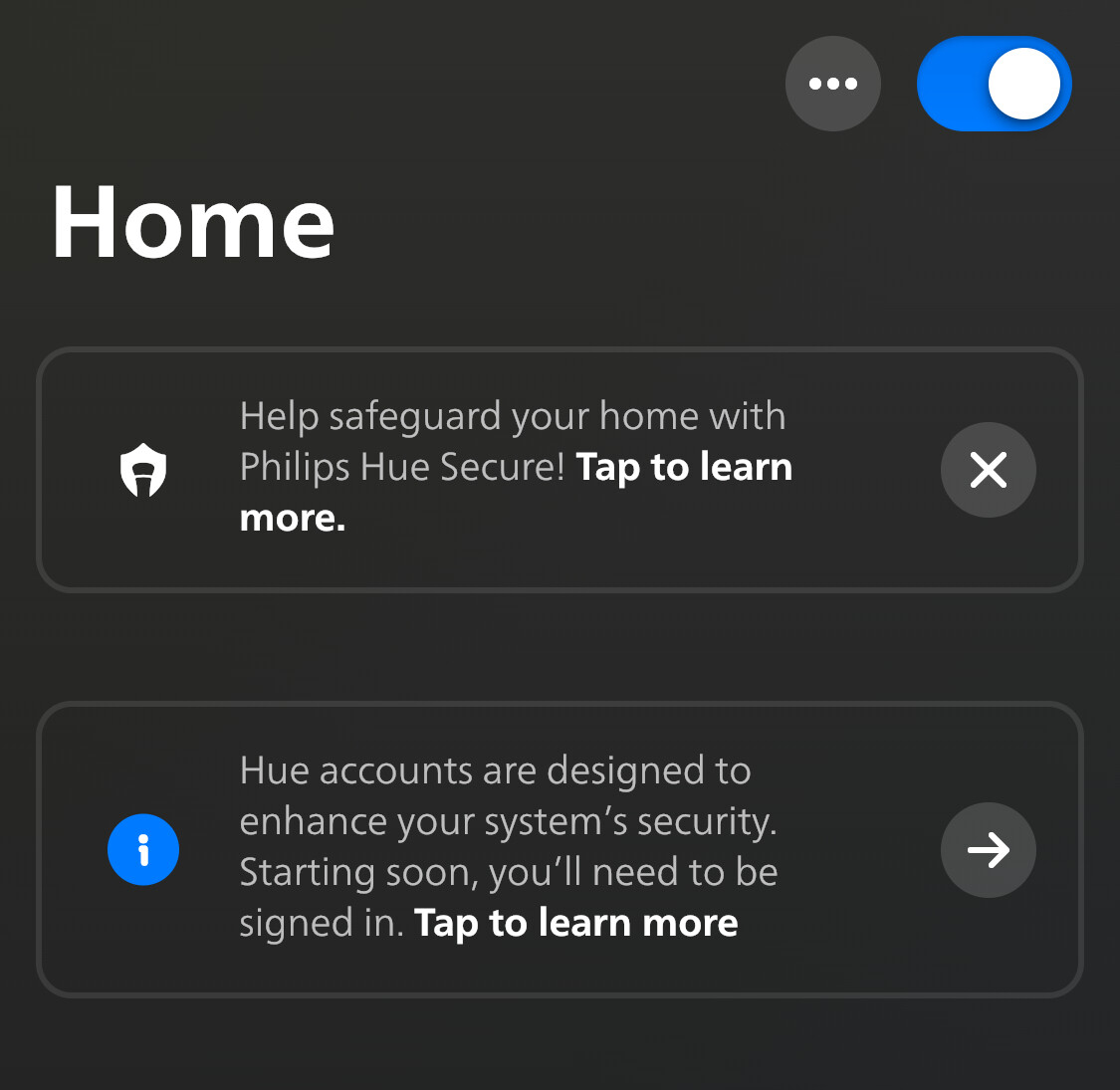

I live in Europe. No unpaid overtime here and productivity requirements are reasonable, so no way to blame for my tools on that. And even if my laptop OS broke itself completely then I’m productive at reinstallation, as keeping my tools in a running shape is also on my job description. So, as long as I’m not just scratching my balls and scrolling instagram reels all day long that’s not a concern.





Others have already mentioned about the challenges on the software/management side, but you also need to take into consideration hardware failures, power outages, network outages, acceptable downtime and so on. So, even if you could technically shoehorn all of that into a raspberry pi and run it on a windowsill, and I suppose it would run pretty well, you’ll risk losing all of the data if someone spills some coffee on the thing.
So, if you really insist doing this on your own hardware and maintenance (and want to do it properly), you’d be looking (at least):
And likely a ton of other stuff I can’t think of right now. So, 10k for hardware, two physical locations and maintenance personnel available all the time. Or you can buy a website hosting (VPS even if you like) for few bucks a month and email service for a 10/month (give or take) and have the services running, backed up and taken care of for far longer than your own hardware lifetime is for a lot cheaper than that hardware alone.